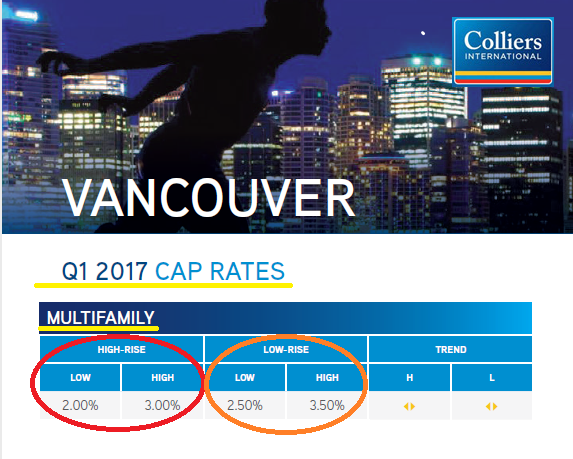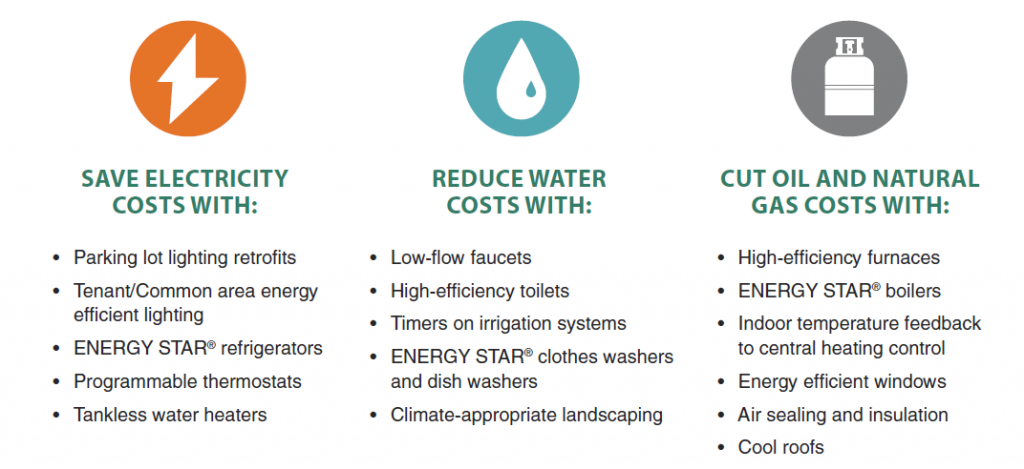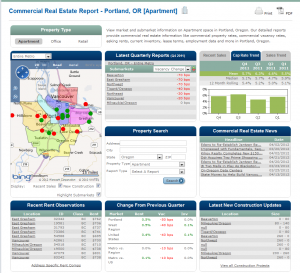
Quote: “[A] very active market that continues to give strong weighting to underlying land value and potential future use, even if this use is far off in the future.” – James Glen, VP, Colliers Vancouver, BC [Emphasis mine]
Any time you see future and potential in the same sentence referring to real estate, watch out…
Oh and another sign is when the average cap rate for a low-rise apartment deal is 3% while high-rises are at 2.5! Just for reference, a 2.5 cap is the equivalent of a 40x multiple (aka PE or Price Earnings Ratio) on a stock meaning that it would take 40 years of earnings (NOI in the case of real estate) to repay the purchase price and that is definitely “far off in the future“.
You can see all the Canadian Cap Rate reports from Colliers here: Canada Cap Rate Report Q1 2017
Happy summer everyone-
P.S. If you’d like a handy chart for converting Cap Rates to Earnings Multiples shoot me a message with Cap Rates to Earnings in the subject line.


